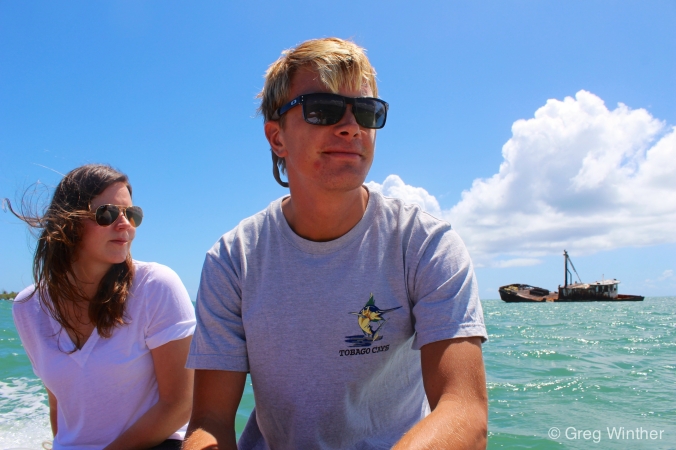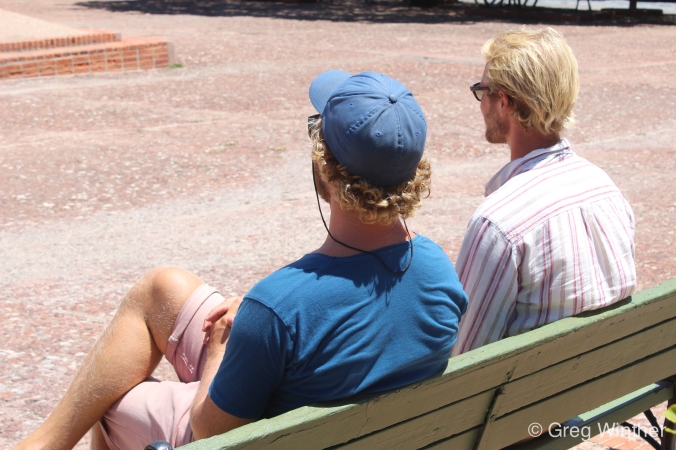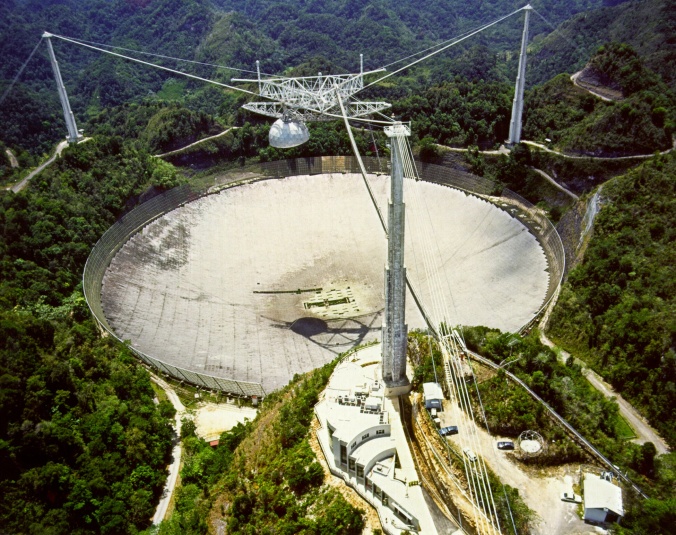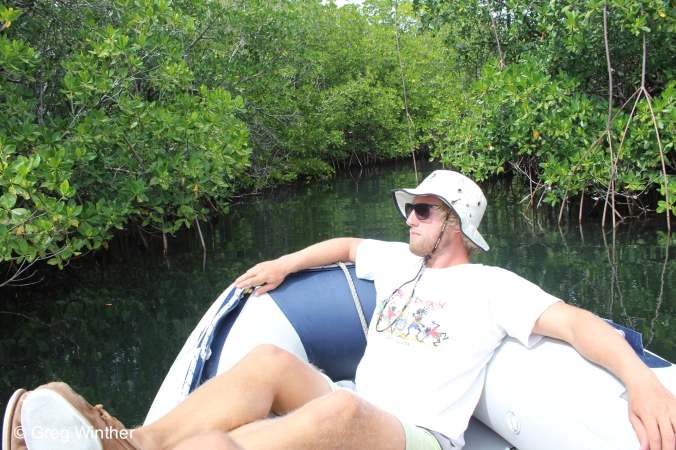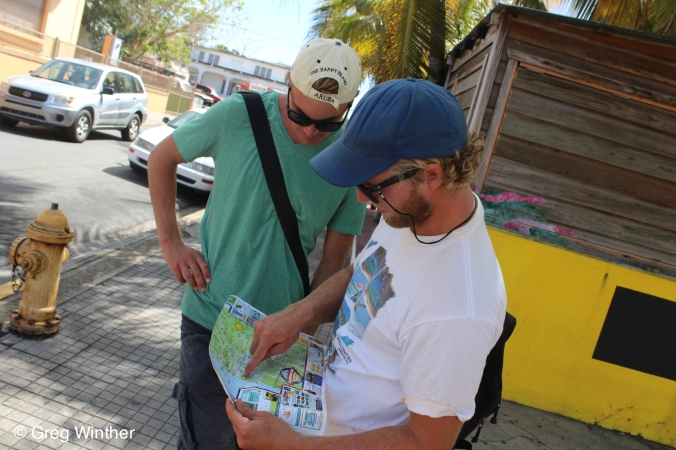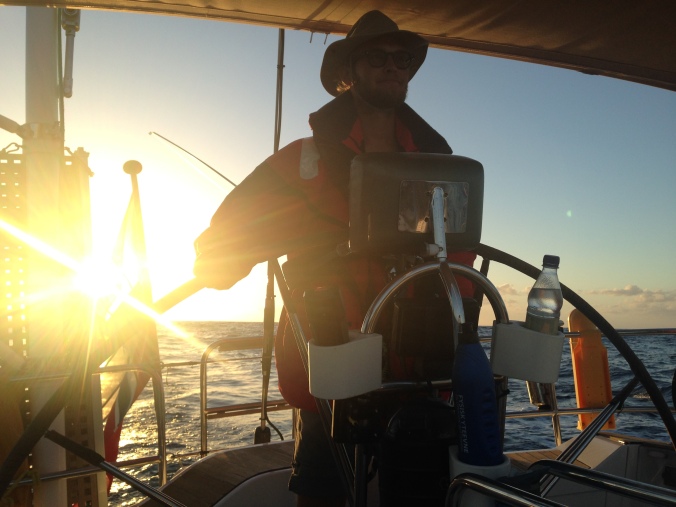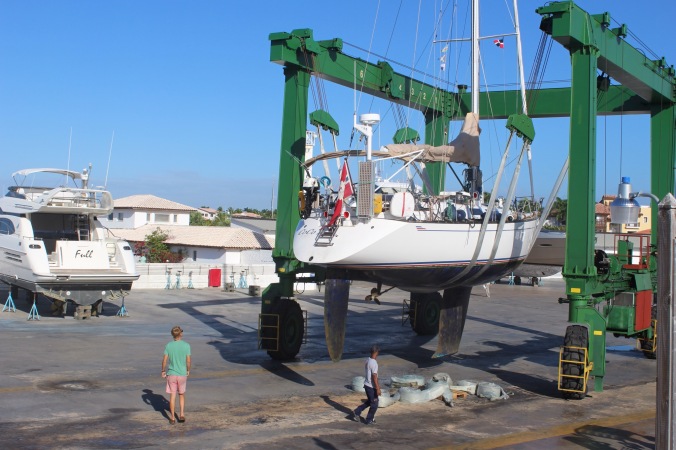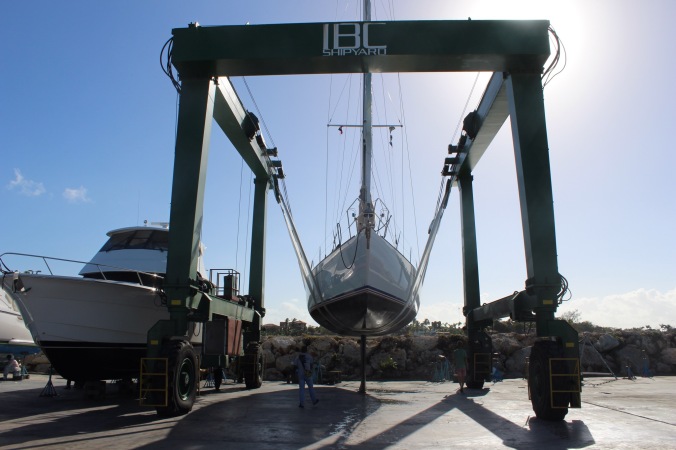The last couple of days CoCo has been anchored outside the city of Fajardo on the north east corner of Puerto Rico. Because Puerto Rico is almost rectangular it is OK to say that the island has a corner. Fajardo is an important centre for yachting, sheltered from high seas by reefs and atolls, with the virgin islands close-by.
Alissa Czasonis, a girl from New England of polish decent, joined the rest of the crew on our second day here for a week in the Caribbean. Hopefully the main crew will be able to provide a nice vacation before she has to return to her fast-paced job in finance on Manhattan.
Before picking Alissa up at San Juan airport, the guys decided to check out San Juan’s old town. Old San Juan was founded in 1508 by Juan Ponce de León on a peninsula sticking out in the ocean. The first settlement was originally called Caparra and the city got the name San Juan in 1521 after John the Baptist. The crew of CoCo found the old town to be an idyllic and colourful neighbourhood, full of small shops and cafes. The neighbourhood is one of the top attractions for tourists in Puerto Rico. In fact there were no less than three cruise ships docked on the peninsula while we were there.
The peninsula forms part of a natural harbour, which makes this location ideal for a large port and a prosperous city. The old town itself is surrounded by a wall more than three metres thick and additional protection is provided by two forts; Fort San Felipe del Morro to the west and Castillo de San Cristobal to the east.
The following day we took our rental car for a drive westwards to Arecibo. Up in the hills 30 mins away from the city an awe-inspiring sight awaited – The Arecibo Observatory. The main attraction of the observatory is the William E. Gordon Telescope, named for the observatory’s founder. The Telescope does not look like what most people would consider a telescope, because it is a radio telescope and therefore looks like a gigantic “dish-style” antenna (I was tempted to write “parabolic antenna” but that would be incorrect, because the dish is actually spherical in shape).
The Arecibo dish is built in a valley and has a diameter of 305 metres. This makes it the largest single-aperture telescope in the world. A platform weighing 900 tons is suspended by wires between three concrete towers over the dish. On this platform there are two receivers: a linear antenna used for atmospheric studies, and a gregorian receiver used for radar- and radio astronomic studies.
The Arecibo Observatory was originally managed by Cornell University, but today it is a joint venture between SRI International (Stanford Research Institute), USRA (Universities Space Research Association) and Universidad Metropolitana. In 1993 Russel Alan Hulse and Joseph Hooton Taylor, Jr. won the Nobel Prize in Physics for the discovery of a new type of pulsar star, using the William E. Gordon telescope. A movie lover will recognise the telescope from the motion pictures Goldeneye and Contact.
